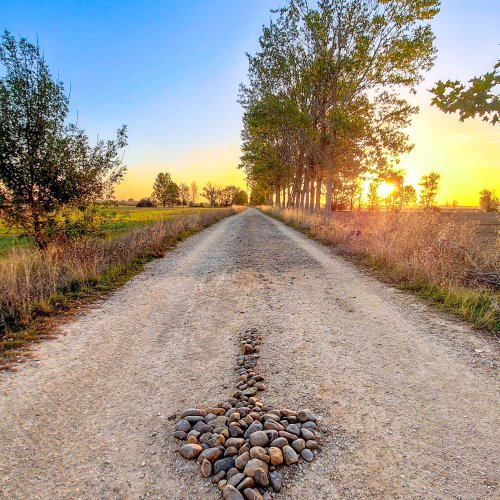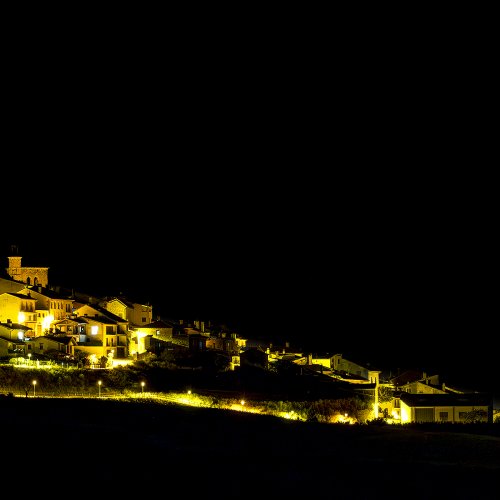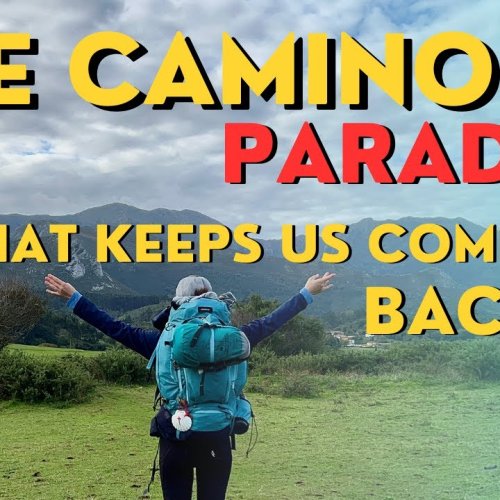charvolant
New Member
- Time of past OR future Camino
- 2023
Hi all,
While walking the Camino last year, I spent a lot of time thinking about how to optimise the stages. We'd started with a guidebook and then switched to the Buen Camino app but I was thinking about how to globally optimise the stages, stretching and compressing things here and there to make the entire trip as "nice" as possible.
I've been doing some coding since then and the result is at https://de-calixtinus.org/
Essentially, it passes through a series of screens where you specify your level of fitness, how far you want to walk each day, what sort of place you want to stop, variants you want to take, places you absolutely have to stop at to see the sights and so on. The result is a plan that lays out each stage for you.
It's reasonably fast -- usually a couple of seconds to generate a plan, up to about ten seconds if thing get complicated -- so you can re-plan while walking.
There's only one route available at the moment, the Portuguese route, with a variety of variants and a side-trip to Fátima, if you want. I've been using the excellent Buen Camino as a major source (with their permission). However, it takes a long time to compile the data so next one is probably Fisterra, so that I can get another one up and running in a reasonable time. Translations are limited to English.
This is still relatively untested, so keep an eye on "computer says so!" problems. If you encounter problems, please add an issue at https://github.com/charvolant/de-calixtinus/issues
The code is available at https://github.com/charvolant/de-calixtinus
Let me know what you think.
While walking the Camino last year, I spent a lot of time thinking about how to optimise the stages. We'd started with a guidebook and then switched to the Buen Camino app but I was thinking about how to globally optimise the stages, stretching and compressing things here and there to make the entire trip as "nice" as possible.
I've been doing some coding since then and the result is at https://de-calixtinus.org/
Essentially, it passes through a series of screens where you specify your level of fitness, how far you want to walk each day, what sort of place you want to stop, variants you want to take, places you absolutely have to stop at to see the sights and so on. The result is a plan that lays out each stage for you.
It's reasonably fast -- usually a couple of seconds to generate a plan, up to about ten seconds if thing get complicated -- so you can re-plan while walking.
There's only one route available at the moment, the Portuguese route, with a variety of variants and a side-trip to Fátima, if you want. I've been using the excellent Buen Camino as a major source (with their permission). However, it takes a long time to compile the data so next one is probably Fisterra, so that I can get another one up and running in a reasonable time. Translations are limited to English.
This is still relatively untested, so keep an eye on "computer says so!" problems. If you encounter problems, please add an issue at https://github.com/charvolant/de-calixtinus/issues
The code is available at https://github.com/charvolant/de-calixtinus
Let me know what you think.













